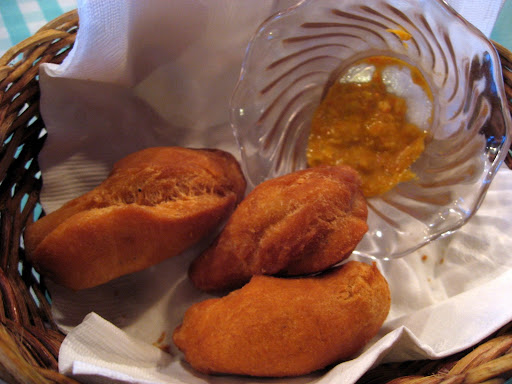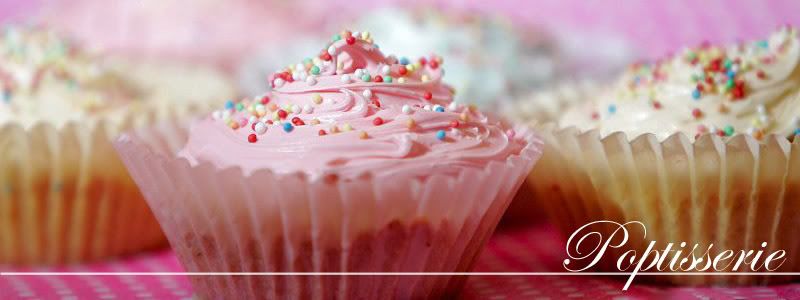 Renewed, we awoke to the promise of a new day and to an entirely new foreign cuisine to explore. Across our various excursions, street vendors and from the restaurants at our hotel, here's what we managed to gather:
Renewed, we awoke to the promise of a new day and to an entirely new foreign cuisine to explore. Across our various excursions, street vendors and from the restaurants at our hotel, here's what we managed to gather:
Jamaica’s national dish is ackee and salt fish. The ackee is the national fruit and belongs to the lychee family. The fish is flaked and then both ingredients are sauteed with onions and scotch bonnet peppers, which are also local to the area. Red Stripe is the local Jamaican beer, though I didn’t get around to tasting it for myself.
The Jamaican jerk preparation is not the saucy mess you come across in the States, where the proteins come smothered in a BBQ-sauce-like pool. Instead meats (most often pork or chicken, your choice of white or dark meat) are rubbed with jerk spices, whose most prominent ingredient comes from pimento. The result is a deep, smoky grilled meat that is served with a kick of Jamaican hot sauce on the side. Most commonly, meals are served with rice and peas, which is like Cajun dirty rice with beans. Jerk huts can be found street side throughout the country and most meals are under $4.
Other popular Jamaican dishes include curried goat, conch stews, and braised oxtail.
Street vending is illegal in Jamaica, so aside from the stray mango stand here and there, you’ll have to venture to the farmer’s market to pick up jackfruit, bananas, coconuts, and other tropical fruits. Jamaican mangoes are sweeter than their Mexican counterparts (what we get in California), though they are also more sinewy and juicy, which make them messier to eat.
Marijuana is, in fact, illegal in Jamaica. It is permitted only in two places where Rastafarianism is practiced: Rasta churches and the Bob Marley Museum. Though you will find no shortage of marijuana dealers, I found them to be a friendly lot.
Yeah mon – “I agree in earnest”
Irie mon – “Everything is okay/good/awesome”
No problem – said when a problem/situation arises to quell the panic
Overall, a very successful trip after we managed to get out of our crappy hotel room and enjoy the warm Caribbean waters and white sand. Though all-inclusive vacations tend to limit your cultural exposure to the confines of your resort property, they are convenient when you’re booking a trip for 12 people and want to limit the messiness of dealing with shared expenses. Aside from tanning and partaking in water sports from our resort, we also rode horses bareback into the ocean, lumbered our way up a waterfall, and dove from a 50-foot cliff.








No comments:
Post a Comment